Apple's new 9-pin Dock Connector for iPhone 5 may support USB 3.0
Apple hasn't yet introduced any technical specifications for the new iPhone 5 Dock Connector, so its pinouts and physical shape have only been evident from spy photos of components.
However, Apple's latest crop of Macs have all adopted support for USB 3.0, an interesting development simply because Apple has also put its weight behind Thunderbolt, an even faster data interconnect that supports 20Gbps transfers.
Why not Thunderbolt?
However, Thunderbolt not only requires 20 pin connectors but also requires an Intel-designed chip that multiplexes DisplayPort video with PCI Express signals. While modern Macs have Intel chips and support a PCIe architecture, no iOS devices do.
Instead, they use ARM architecture chips with no PCIe interface, and generate VGA/HDMI video rather than Display Port signals. That rules out any support for Thunderbolt and its blazing fast speeds that iOS devices couldn't make any effective use of anyway.
However, Intel's parallel USB specification can work on any architecture; Apple's ARM-based iPods have supported USB 2.0 since Apple first introduced its 30-pin connector on the third generation iPods in 2003.
That's when Apple began transitioning from Firewire (widespread on Macs at the time but rare on PCs) to USB. And that transition only happened as USB 2.0 began to offer speeds competitive with Firewire (the first generation of USB was very slow, providing a significant edge to Firewire in terms of sync time).
Why USB 3.0?
Apple has shifted the pin out assignments of its existing 30-pin Dock Connector several times over the past nine years, finally ending support for Firewire while adding features such as HDMI video output.
With the advent of last year's AirPlay wireless video distribution and iOS 5's WiFi sync, the need for a bulky connector supplying 30 pins of wired connectivity has diminished. However, as iOS devices gain storage capacity and as apps, photos and particularly 1080p high definition videos balloon in size, the need for a faster sync method has increased.
By shifting its iOS Dock Connector to USB 3.0, Apple could gain the ability to sync data at much faster speeds, with transfers reaching 5Gbps, ten times faster than the top 480Mbps rate of USB 2.0.
Doing so now would also allow Apple to essentially own the USB 3.0 Dock peripheral market, because it is using a proprietary connector, similar to the MagSafe power adapters it added to MacBooks (killing the third party market for Mac power adapters).
Slow progress for USB 3.0 so far
While a variety of PC makers have added USB 3.0 support to their computers, many well ahead of Apple (which only started supporting USB 3.0 on new Macs this summer), the new standard hasn't aggressively taken off. Many new PCs sport two sets of USB connectors: one only supporting USB 2.0 while special blue-colored ports handle the faster USB 3.0. Apple's newest Macs support both standards on all their USB ports.
PC adoption of USB 3.0 peripherals was also stymied by the fact that Microsoft's Windows 7 didn't support USB 3.0 from the start, as well as growing pains related to buggy drivers, chipsets and motherboard BIOS that have all hampered the new specification's launch much the same way that the original USB failed to rapidly take off in the mid 1990s.
That is, until Apple added USB to the original iMac in 1998 as the only way to connect peripherals. After that occured, devices supporting USB 1.0 exploded. Other PC makers continued to ship older PS/2 keyboards and mice well into the next decade, simply because they were slightly cheaper.
Apple has similarly taken over control of other emerging standards, including DisplayPort, which was only in minor use before Apple added it to its Macs across the board using a smaller "Mini DisplayPort" connector. Most PCs still ship with HDMI/DVI or even VGA ports, which Apple abandoned many years ago.
Adding USB 3.0 support to the iPhone 5 and iPod touch (and upcoming iPad and iPad mini models) would give Apple a fast new advantage in sync rates, comparable to the lead the first iPods enjoyed over other MP3 players on the market shackled to the much slower USB 1.0.
While some Android licenses have already shipped devices with support for USB 3.0, they've used the standard "B" peripheral USB 3.0 ports, which like full sized DisplayPort, are much larger and bulkier than necessary.
 Daniel Eran Dilger
Daniel Eran Dilger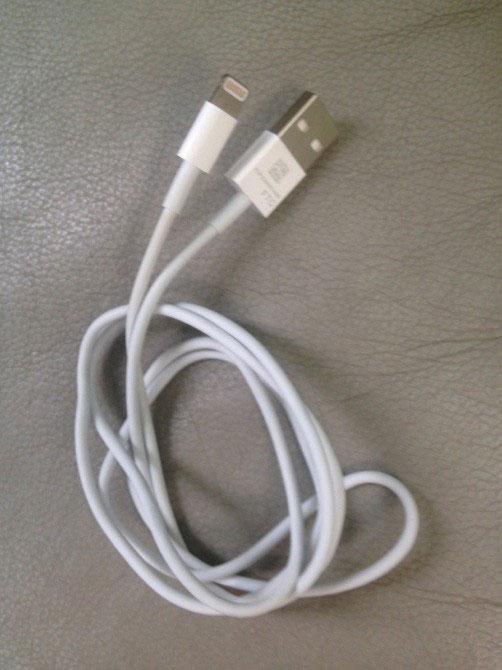
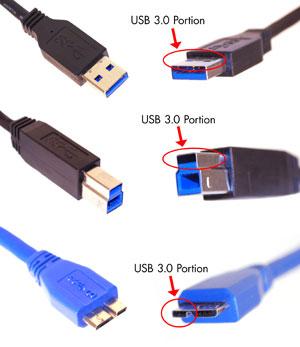

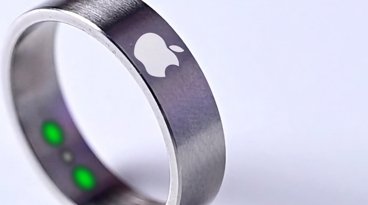
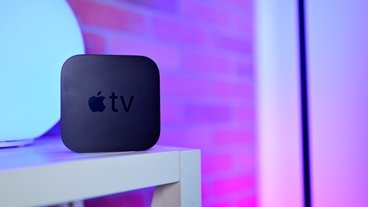

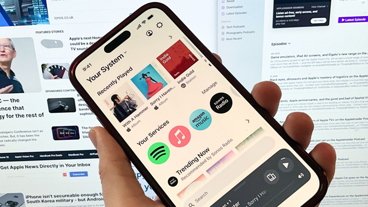


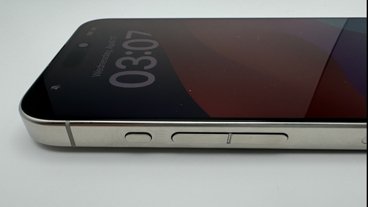
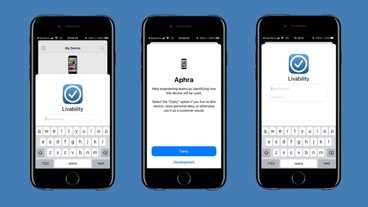
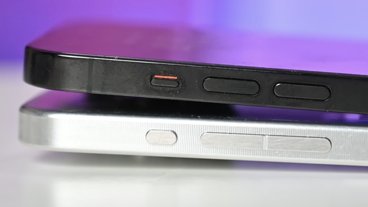

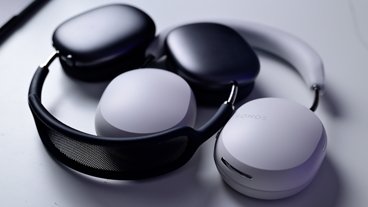

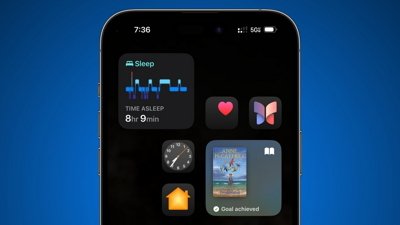
 Amber Neely
Amber Neely
 Thomas Sibilly
Thomas Sibilly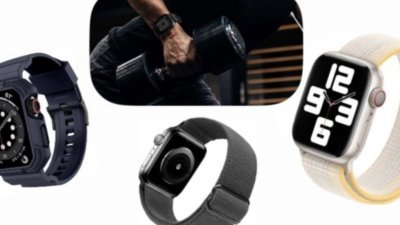
 AppleInsider Staff
AppleInsider Staff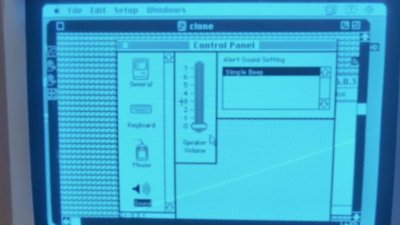
 William Gallagher
William Gallagher
 Malcolm Owen
Malcolm Owen
 Christine McKee
Christine McKee
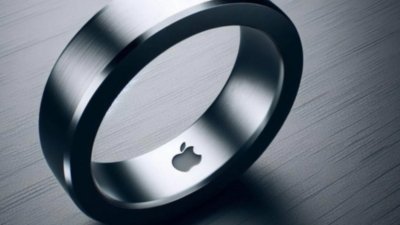

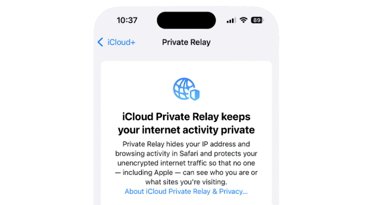

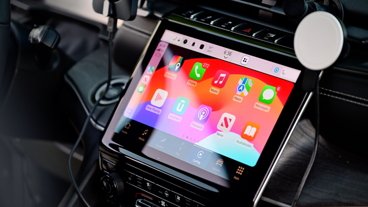
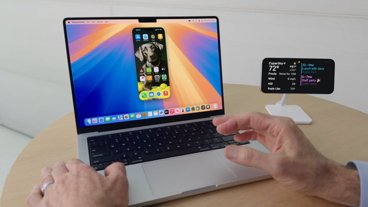

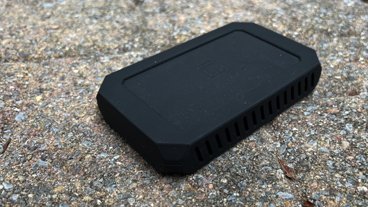
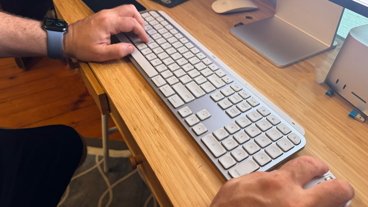

60 Comments
USB 3 makes more sense for iDevices. The huge install base for one, TB does not have that many users yet. Thunderbolt is for higher end stuff. Too many people seem to forget that moving to thunderbolt would not magically make transfers faster, those are limited by NAND speed even before they hit USB 2.0 limits. The flash memory in these devices is more like USB drives than SSDs, it's low power.
Wow, AI, are you serious??
Of course it's going to be USB 3, did anyone think it wasnt going to be USB 3? Why else would Apple be adding USB 3 to the Macs.
Tomorrow the iMac and Mac mini will get USB 3 too. I need to start throwing this stuff out to you guys way in advance, I assumed it had been covered already
Thanks Daniel, consider my attitude adjusted. Hadn't really thought about this before and you provide a very plausible upgrade path. I've got a very old iPod with a 30-pin connector. It is time.
[QUOTE]However, Thunderbolt not only requires 20 pin connectors but also requires an Intel-designed chip that multiplexes DisplayPort video with PCI Express signals. While modern Macs have Intel chips and support a PCIe architecture, no iOS devices do. [/QUOTE] So Thunderbolt HDDs and monitors have Intel chips in them that no iOS device could have? They have Intel [I]chips[/I] because Intel created the HW but it's not because iDevices use ARM that makes it technically impossible to do. And why would anyone expect an iOS device to be used for the full TB spec of being able to accept and transmit DP instead of just being compatible for data to a TB capable PC? Not that it would make sense since USB 2.0 isn't the current bottleneck on data rates, but I don't get the rationale being applied to this.
Of course it's going to be USB 3, did anyone think it wasnt going to be USB 3?
Plenty of people think Thunderbolt.
It's part of the Ivy Bridge spec natively. Why did you think they WAITED until they could not go without adding it?
Tomorrow the iMac and Mac mini will get USB 3 too.
I doubt that. It's an iPhone event. Apple won't be updating every single product they make on the same day. I should probably start telling people THAT in advance…
The huge install base for one, TB does not have that many users yet.
I would greatly prefer a cable that branched to both Thunderbolt and USB from Dock Connector 2.